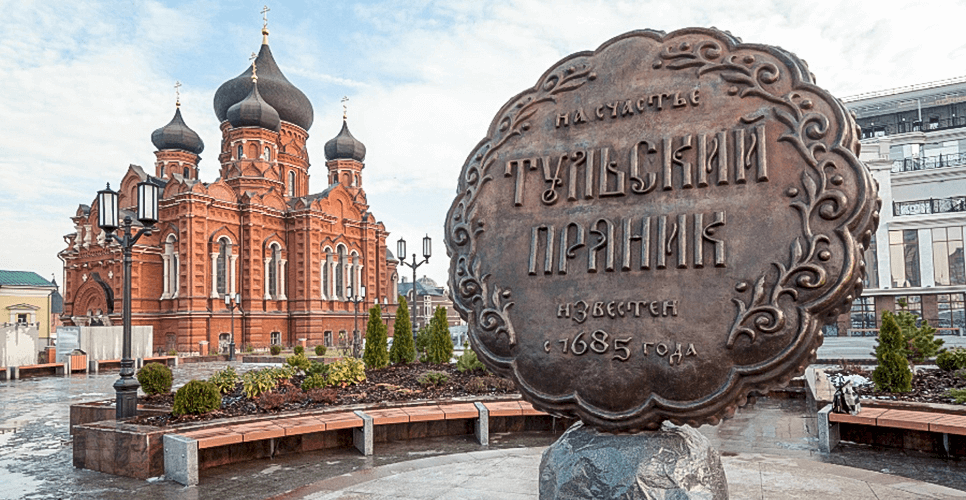Tula is a quiet town located 185 kilometers from Moscow. A pleasant climate, an abundance of religious sites, gingerbread and samovars - this is what this Russian corner is so famous for. Many cultural monuments dating back to the 18th-19th centuries and unique museums have been preserved on its territory.
The Tula Kremlin, which is considered one of the most famous in all of Russia, is located in the historical district of the city. It is the most important tourist magnet of the city and is considered a model of Russian architecture. In addition to towers and walls, the attraction impresses with majestic cathedrals, shopping malls dating back to the 19th century, and the first Tula power plant.
This place will be of interest to all history lovers. It will help you immerse yourself in the atmosphere of unsolved mysteries and mysteries and get to know the people who contributed to the development of the city better. The most popular parts of the attraction are the sacred sacrum and the torture chamber. The main feature of the architecture of the building is its location: it is located in a low and swampy place. However, its powerful foundation has demonstrated its reliability for many centuries.
Since the main symbol of the city is gingerbread, there is a museum dedicated to this delicacy on its territory. Within its walls, everyone will have a chance to get acquainted with the history of the product and the traditions of production.Local residents claim that gingerbread in Tula began to be made before the production of weapons: the first mention of the famous dessert dates back to 1685.
The main exposition of the "Tula Gingerbread" is the history of the product and the traditions and folk rituals associated with it. The museum houses old gingerbread boards that previously belonged to famous Tula confectioners, as well as photographs and packaging. Visitors can also see the products themselves, which were released on the occasion of important dates: in honor of the anniversary of the Battle of Kulikovo or the coronation of Nicholas II.
Museum staff talk about how to properly give gingerbread for name days or weddings. Also here you can see the smallest and largest exhibits of the museum: the first barely reaches the size of a coin, and the second weighs a pood.
On the territory of the former Kuznetskaya Sloboda, and the historical district of the city, there is a museum dedicated to the dynasty of metal industrialists - the Demidov Necropolis. It was created in 1996. The date of its foundation coincided with the 340th anniversary of Nikita Demidov, the founder of the dynasty.
The architecture of the complex includes a bell tower, a family tomb, a memorial square, an introductory hall. There is also a room dedicated directly to metal. The most popular room of the museum is the necropolis, where all the presented surnames are buried. The church, which houses the chapel-crypt, was built in the 1730s, and in early 2000 its doors were opened to visitors.
Tula is one of the most symbolic cities in Russia. He managed to transfer his uniqueness and originality through the centuries.

